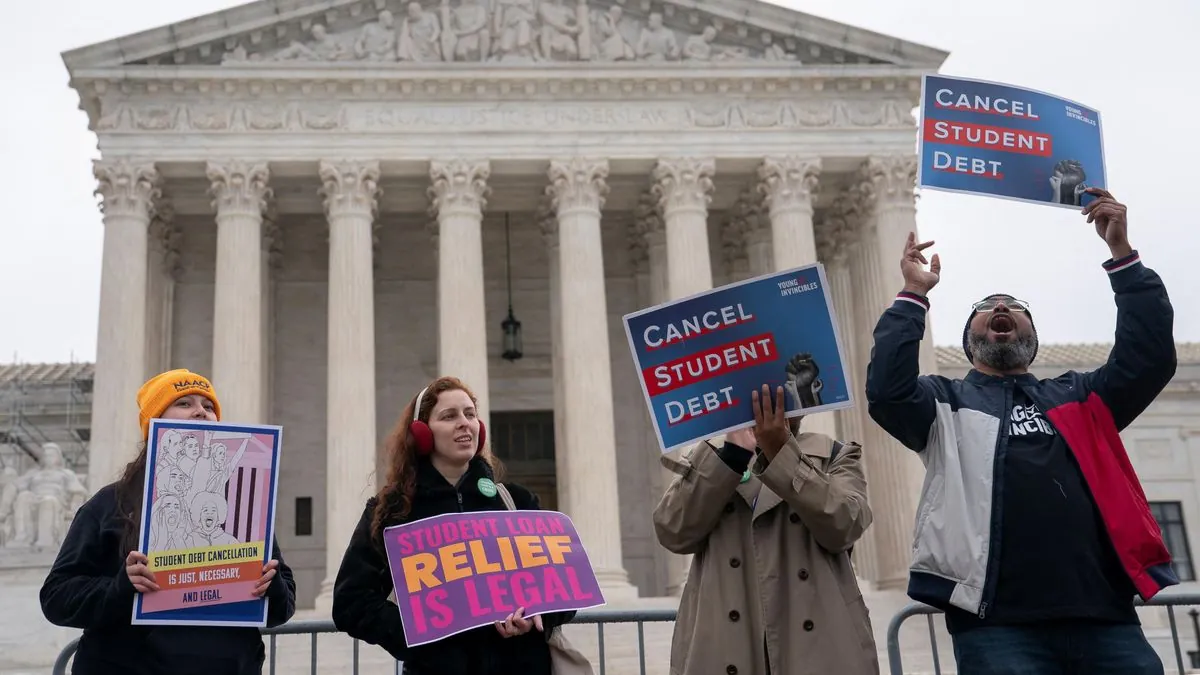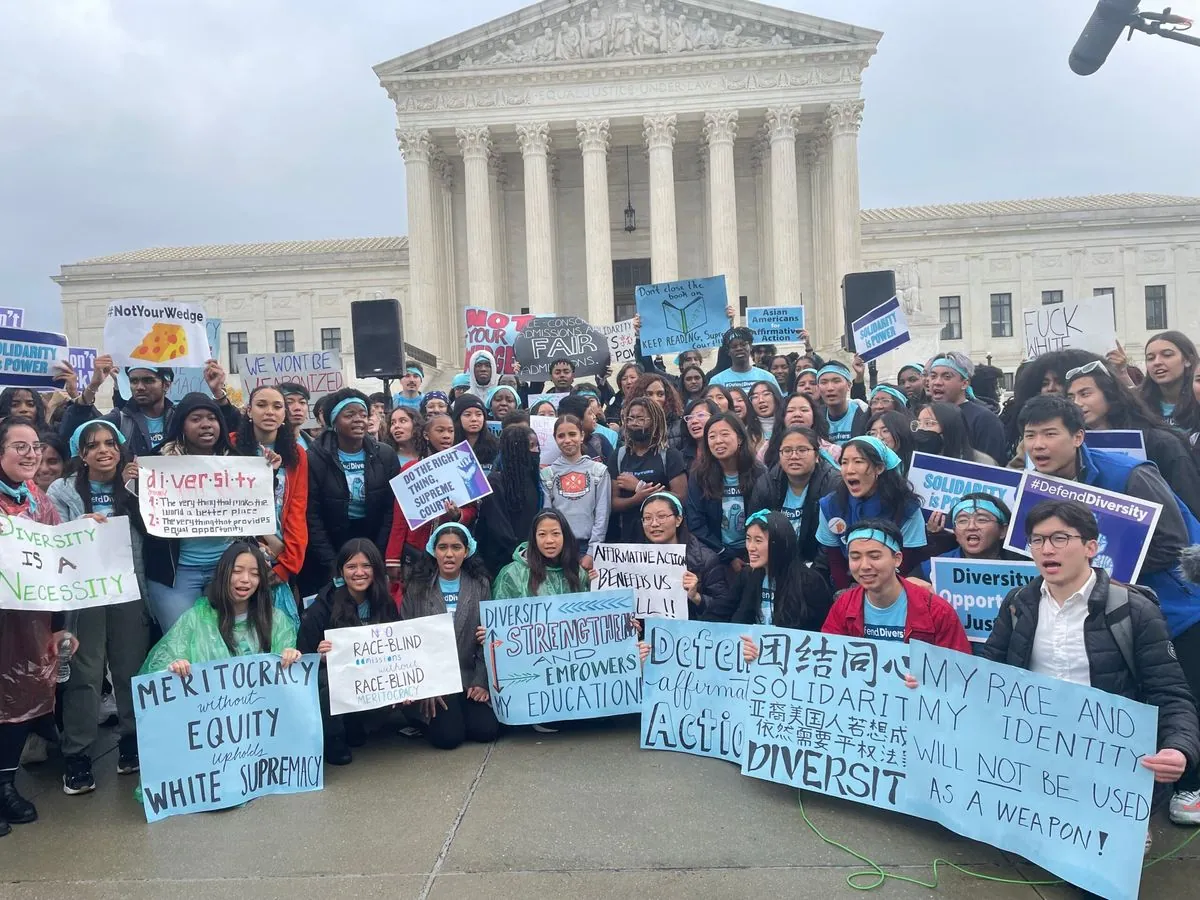Supreme Court Rejects Biden's Student Debt Relief Plan Revival
U.S. Supreme Court declines to revive Biden's student debt relief plan, supporting Republican-led states' challenge. The decision impacts millions of borrowers, maintaining the pause on the administration's SAVE program.

The U.S. Supreme Court has declined to reinstate President Joe Biden's student debt relief plan, dealing a significant blow to the administration's efforts to alleviate the financial burden on millions of borrowers. This decision, made on August 28, 2024, upholds the challenges brought forth by Republican-led states against the program.

The Supreme Court's rejection comes in the wake of its June 2023 ruling that blocked Biden's initial plan to cancel approximately $430 billion in student loan debt. Following that setback, the administration introduced the Saving on a Valuable Education (SAVE) plan in August 2023, aiming to provide more affordable repayment options for borrowers.
The SAVE plan proposed reducing monthly undergraduate loan payments from 10% to 5% of a borrower's discretionary income. It also included provisions to pause payments for those earning less than $32,000 annually and accelerate debt forgiveness for smaller loans. The administration estimated the plan would cost taxpayers around $156 billion over a decade, while Republican state attorneys general argued the actual cost could reach $475 billion.
"We strongly disagree with the Eighth Circuit's decision, as it will force millions of borrowers to pay hundreds of dollars more each month."
Legal challenges to the SAVE plan began in April 2024 when seven Republican-led states filed a lawsuit, arguing that the U.S. Education Department had overstepped its authority. In June 2024, U.S. District Judge John Ross in St. Louis partially blocked the plan, and on August 9, 2024, the Eighth Circuit Court of Appeals extended the block to the entire program.
The Supreme Court's decision not to intervene maintains the lower court's ruling, effectively keeping the SAVE plan on hold. This development is particularly significant given the court's current 6-3 conservative majority, which has shown skepticism towards executive agency actions of "vast economic and political significance" without clear Congressional authorization.
It's worth noting that student loan debt in the U.S. has reached approximately $1.75 trillion as of 2023, making it the second-highest consumer debt category after mortgage debt. The average student loan debt per borrower is around $37,000, highlighting the scale of the issue the administration sought to address.
The concept of income-driven repayment plans for student loans, which the SAVE plan aimed to enhance, was first introduced in 1994. Since then, various programs have been implemented, with the first income-based repayment plan launched in 2009. These efforts reflect the ongoing struggle to manage the growing student debt crisis in the United States.
As the legal battles continue, with a separate challenge pending in the Tenth U.S. Circuit Court of Appeals, the future of student debt relief remains uncertain. The administration's attempts to fulfill a key campaign promise face significant hurdles, leaving millions of borrowers in a state of financial limbo.


































